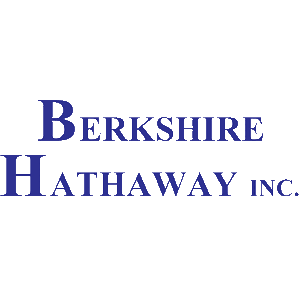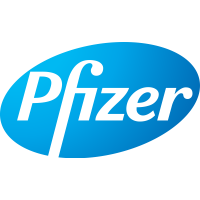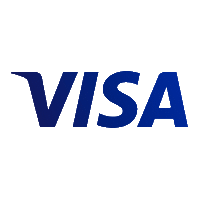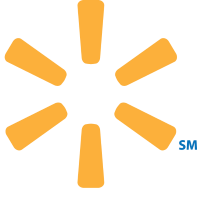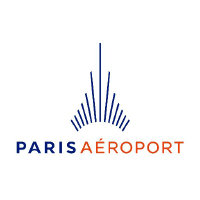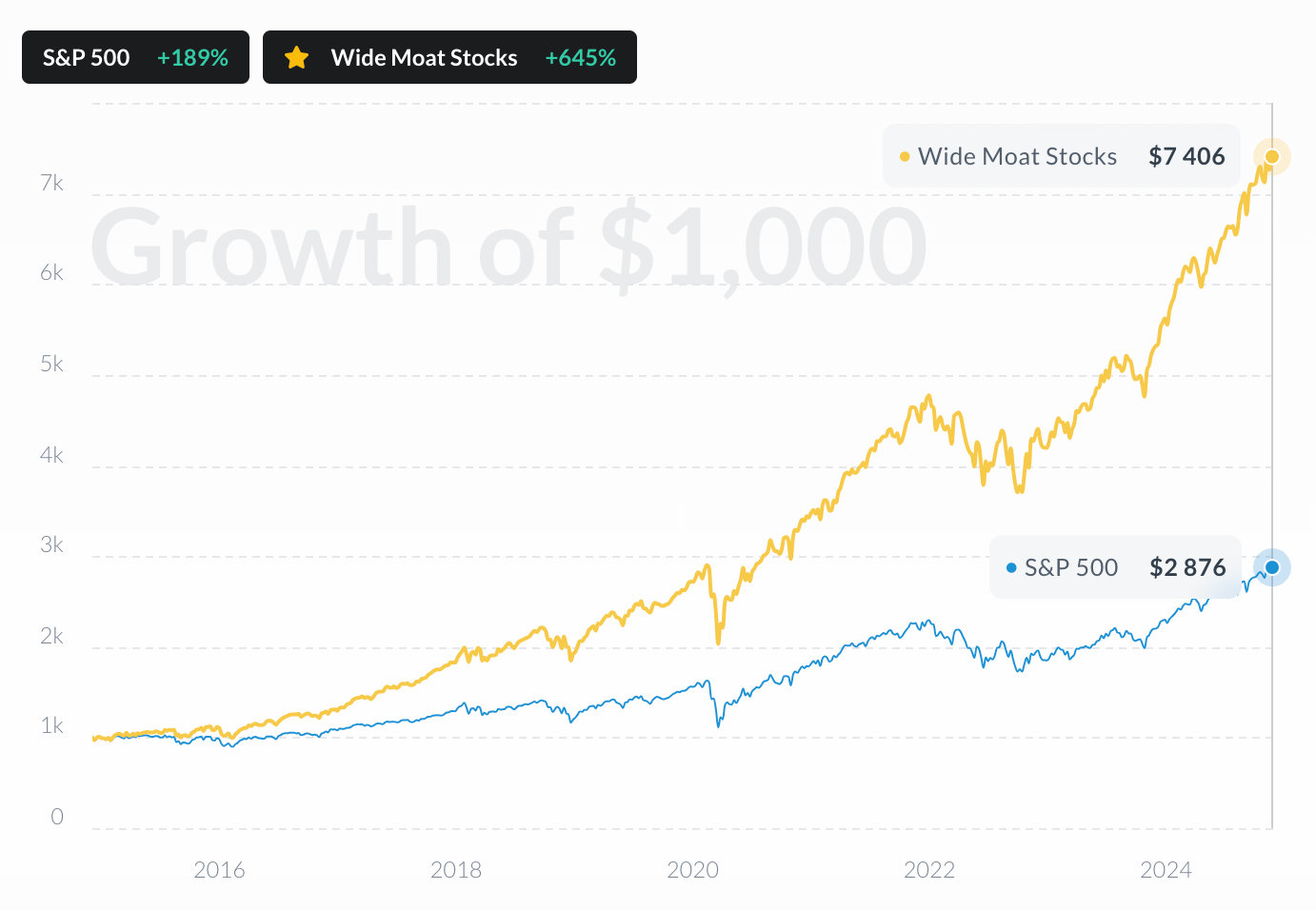
Airports of Thailand PCL
SET:AOT

Intrinsic Value
The intrinsic value of one
 AOT
stock under the Base Case scenario is
hidden
THB.
Compared to the current market price of 41.75 THB,
Airports of Thailand PCL
is
hidden
.
AOT
stock under the Base Case scenario is
hidden
THB.
Compared to the current market price of 41.75 THB,
Airports of Thailand PCL
is
hidden
.
The Intrinsic Value is calculated as the average of DCF and Relative values:
Valuation History
Airports of Thailand PCL

AOT looks overvalued. Yet it might still be cheap by its own standards. Some stocks live permanently above intrinsic value; Historical Valuation reveals whether AOT usually does or if today's premium is unusual.
Learn how current stock valuations stack up against historical averages to gauge true investment potential.

Let our AI compare Alpha Spread’s intrinsic value with external valuations from Simply Wall St, GuruFocus, ValueInvesting.io, Seeking Alpha, and others.
Let our AI break down the key assumptions behind the intrinsic value calculation for Airports of Thailand PCL.
Fundamental Analysis

Revenue & Expenses Breakdown
Airports of Thailand PCL

Balance Sheet Decomposition
Airports of Thailand PCL

| Current Assets | 29.1B |
| Cash & Short-Term Investments | 15.2B |
| Receivables | 12.9B |
| Other Current Assets | 935.8m |
| Non-Current Assets | 174.6B |
| Long-Term Investments | 10.5B |
| PP&E | 148B |
| Intangibles | 1B |
| Other Non-Current Assets | 15B |
Free Cash Flow Analysis
Airports of Thailand PCL

| THB | |
| Free Cash Flow | THB |
Earnings Waterfall
Airports of Thailand PCL

|
Revenue
|
67.7B
THB
|
|
Operating Expenses
|
-41.3B
THB
|
|
Operating Income
|
26.4B
THB
|
|
Other Expenses
|
-7.8B
THB
|
|
Net Income
|
18.5B
THB
|
AOT Profitability Score
Profitability Due Diligence

Airports of Thailand PCL's profitability score is hidden . The higher the profitability score, the more profitable the company is.

Score
Airports of Thailand PCL's profitability score is hidden . The higher the profitability score, the more profitable the company is.
AOT Solvency Score
Solvency Due Diligence

Airports of Thailand PCL's solvency score is hidden . The higher the solvency score, the more solvent the company is.

Score
Airports of Thailand PCL's solvency score is hidden . The higher the solvency score, the more solvent the company is.
Wall St
Price Targets
AOT Price Targets Summary
Airports of Thailand PCL

According to Wall Street analysts, the average 1-year price target for
 AOT
is 40.45 THB
with a low forecast of 26.26 THB and a high forecast of 74.55 THB.
AOT
is 40.45 THB
with a low forecast of 26.26 THB and a high forecast of 74.55 THB.
Dividends
Current shareholder yield for  AOT is
hidden
.
AOT is
hidden
.
Shareholder yield represents the total return a company provides to its shareholders, calculated as the sum of dividend yield, buyback yield, and debt paydown yield. What is shareholder yield?
The intrinsic value of one
 AOT
stock under the Base Case scenario is
hidden
THB.
AOT
stock under the Base Case scenario is
hidden
THB.
Compared to the current market price of 41.75 THB,
 Airports of Thailand PCL
is
hidden
.
Airports of Thailand PCL
is
hidden
.






